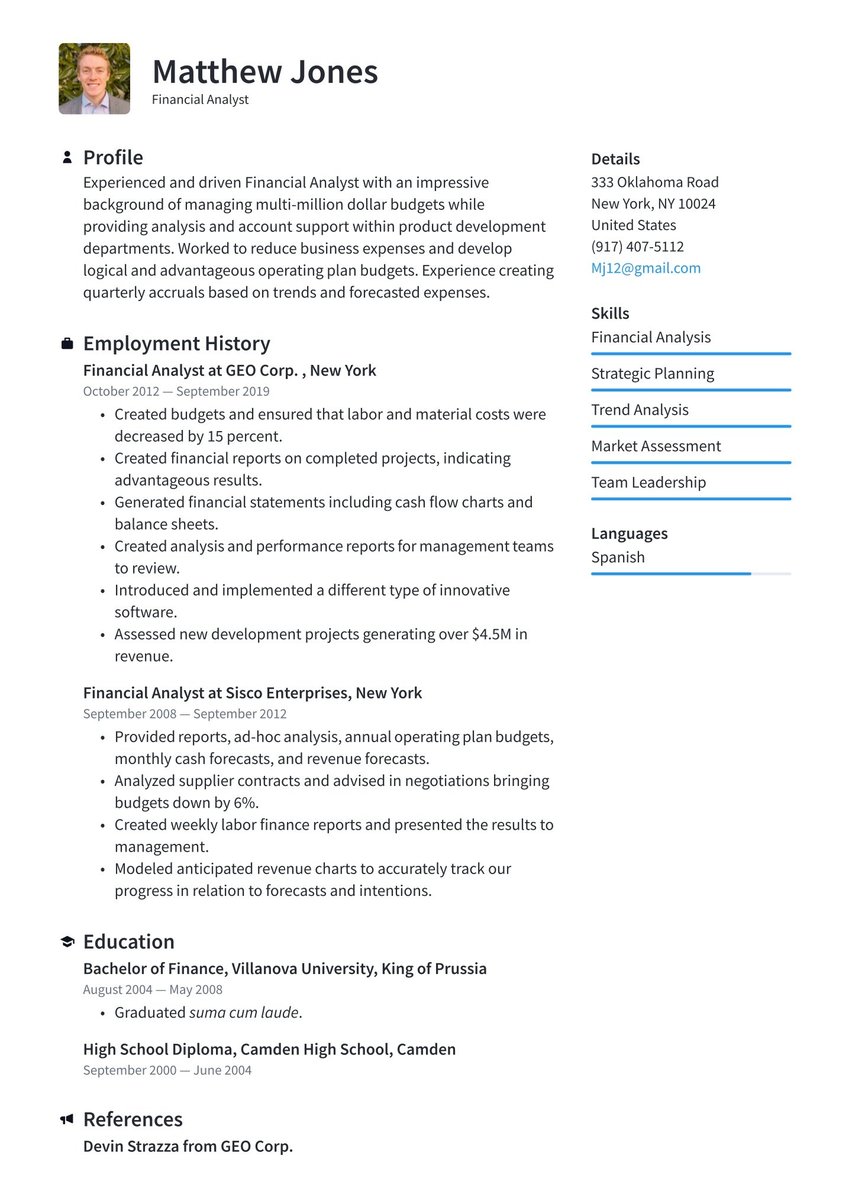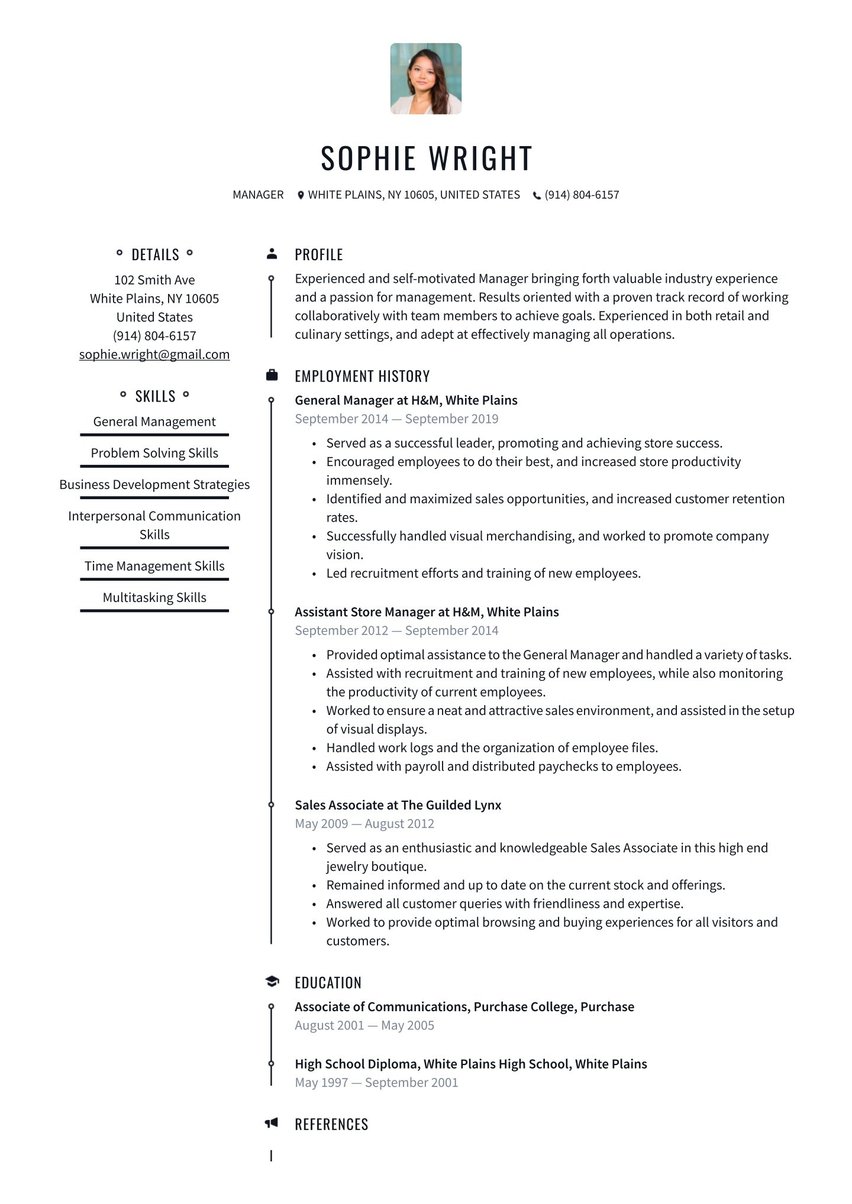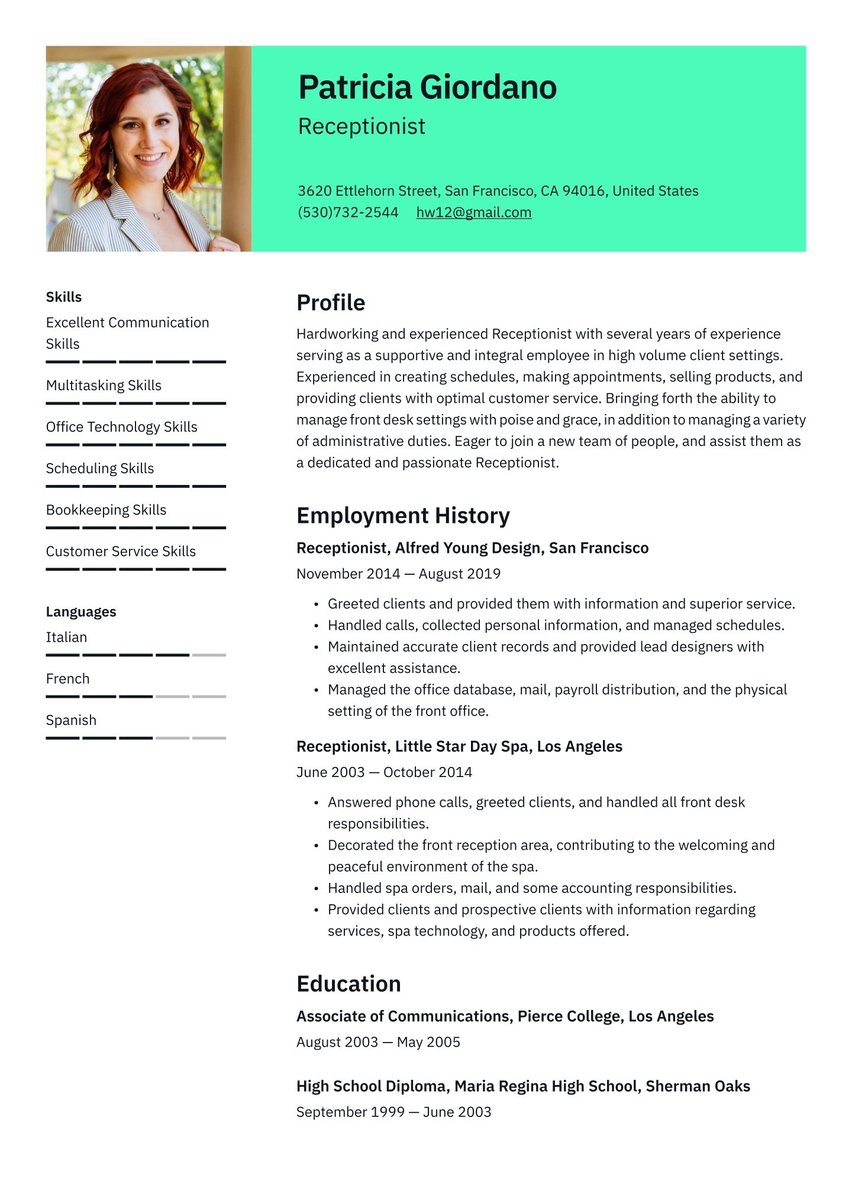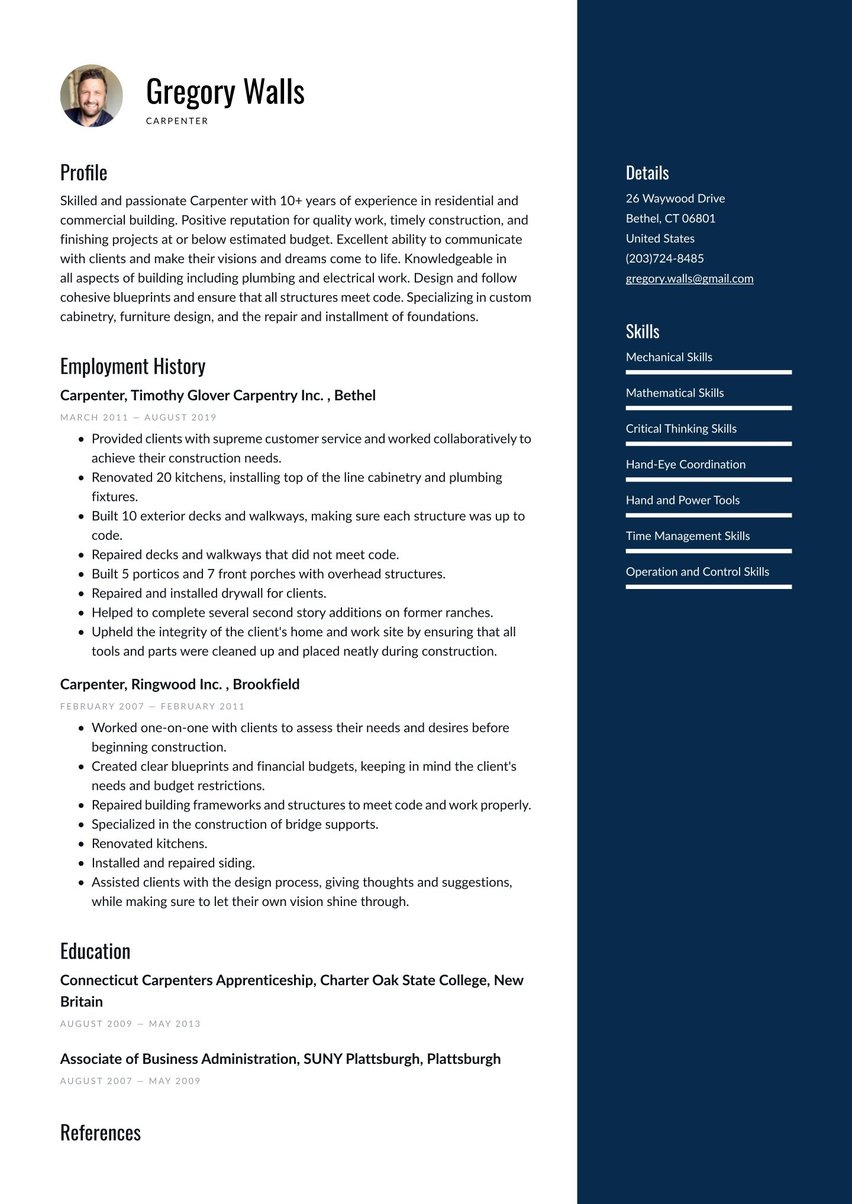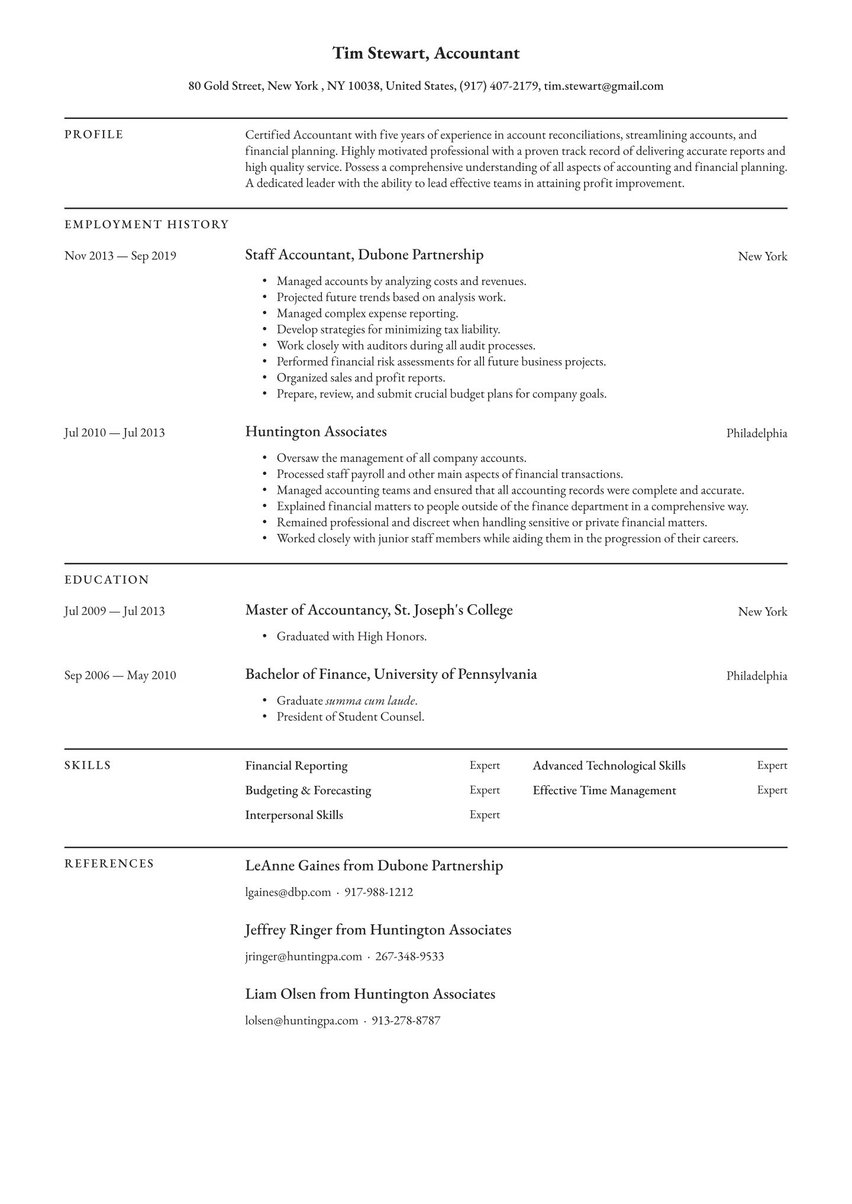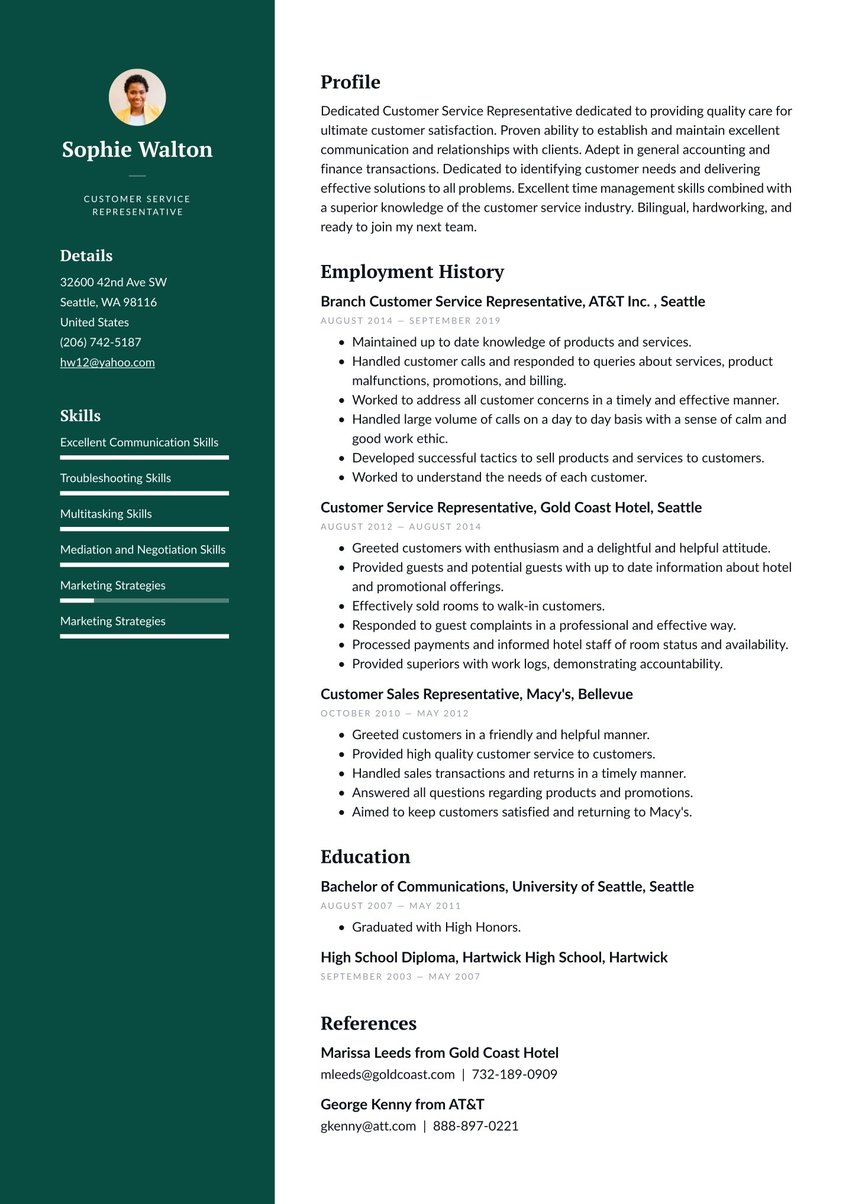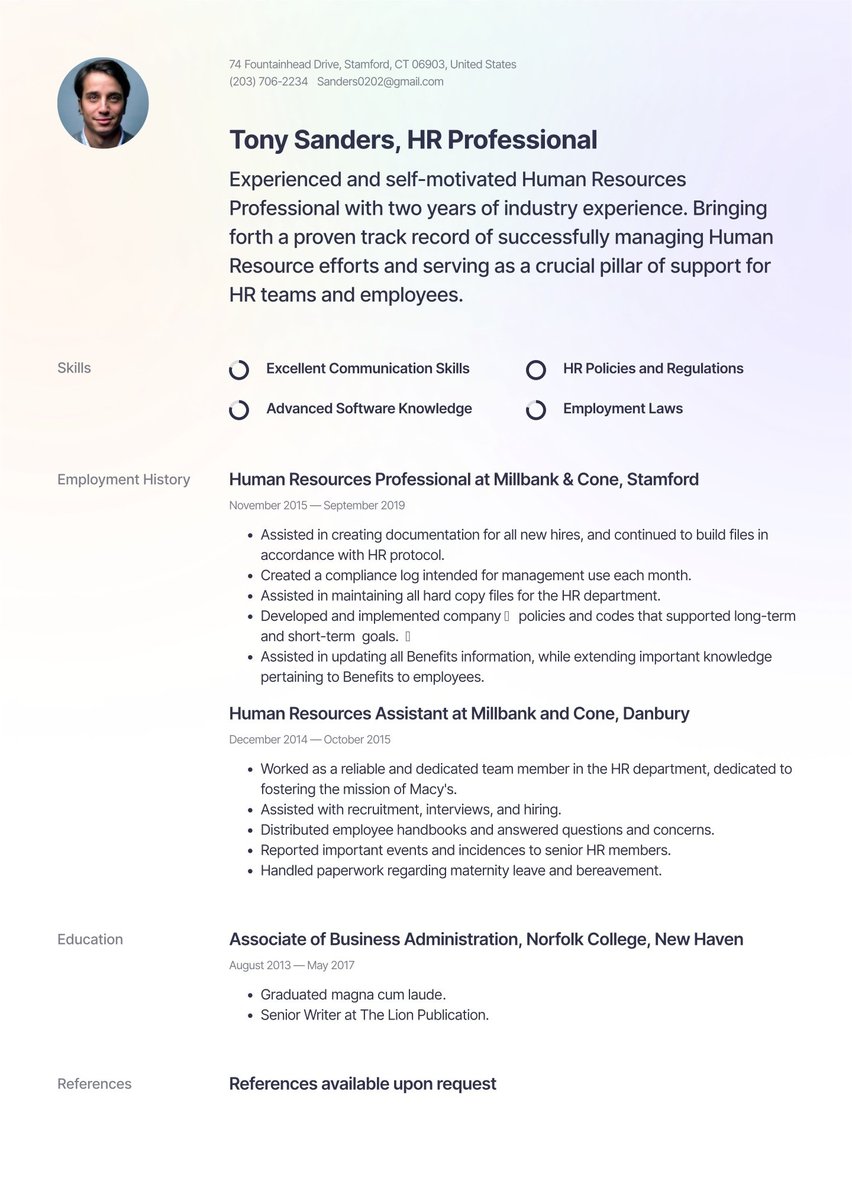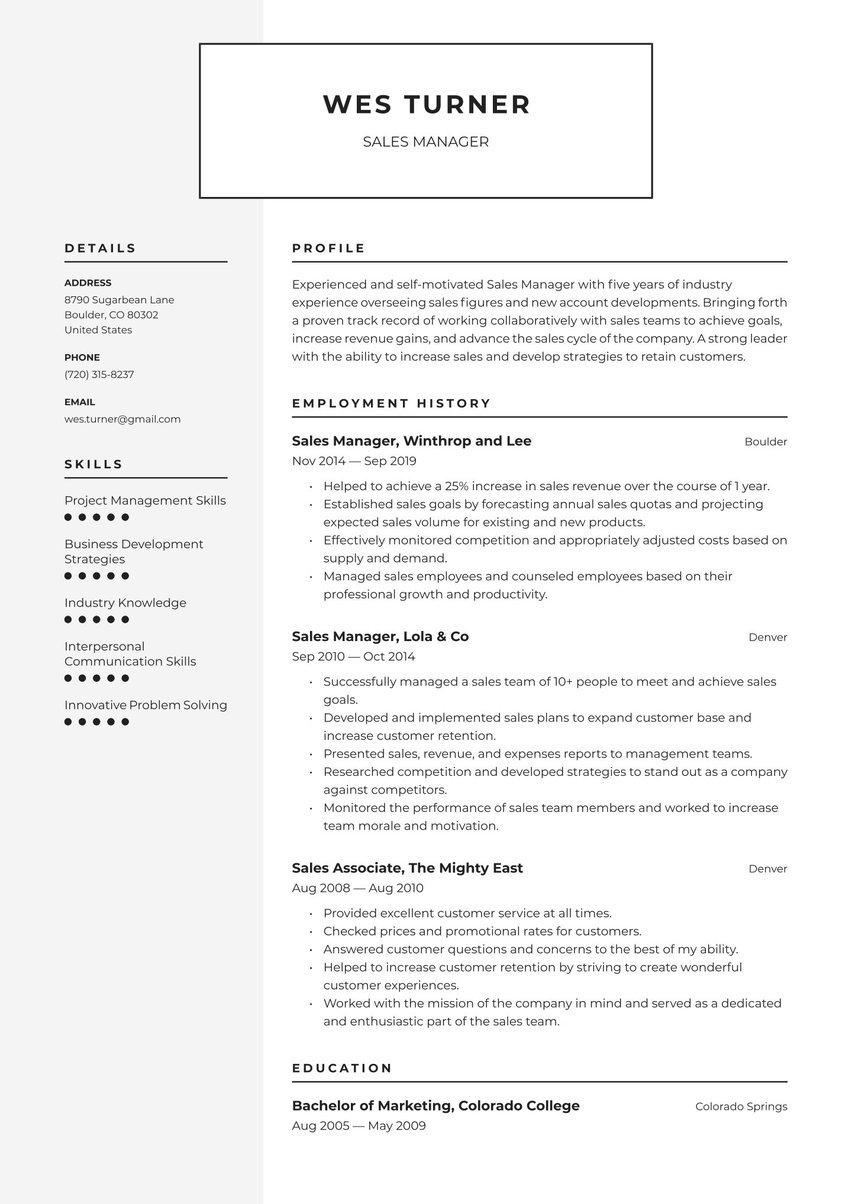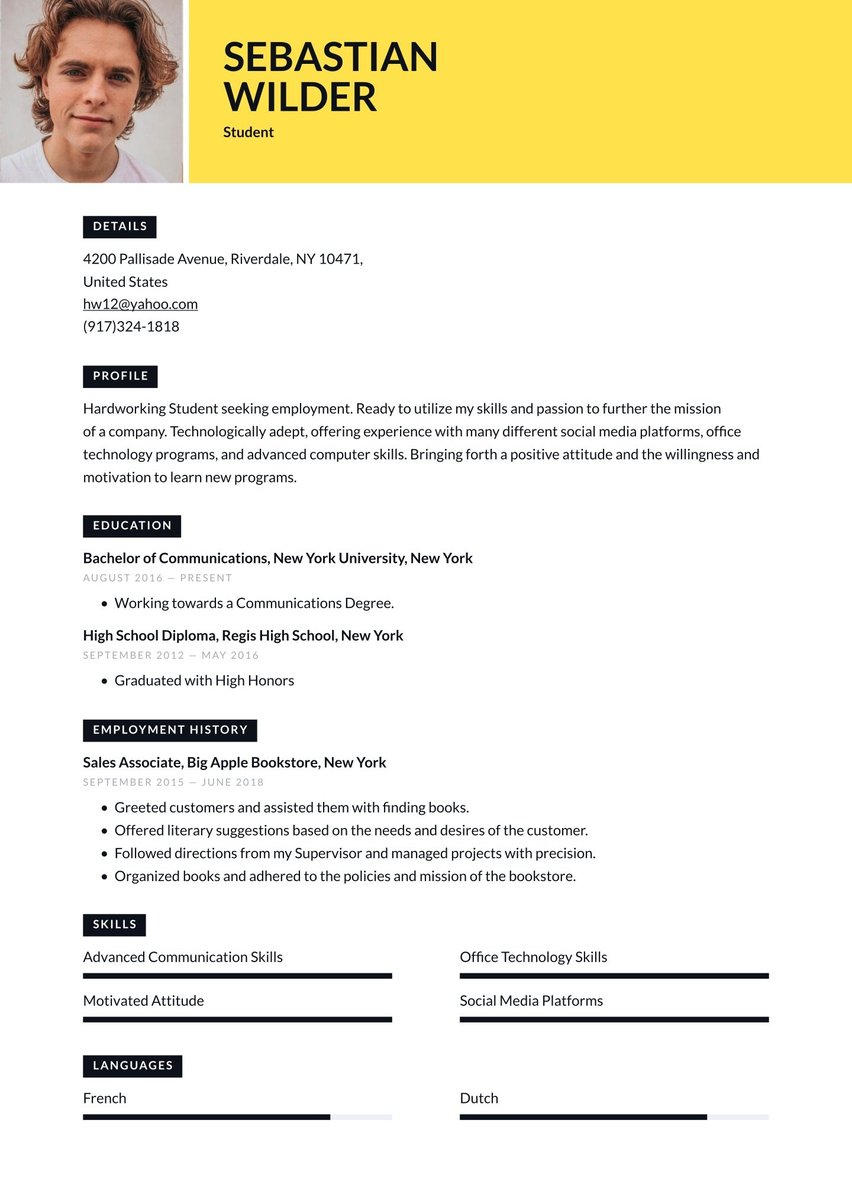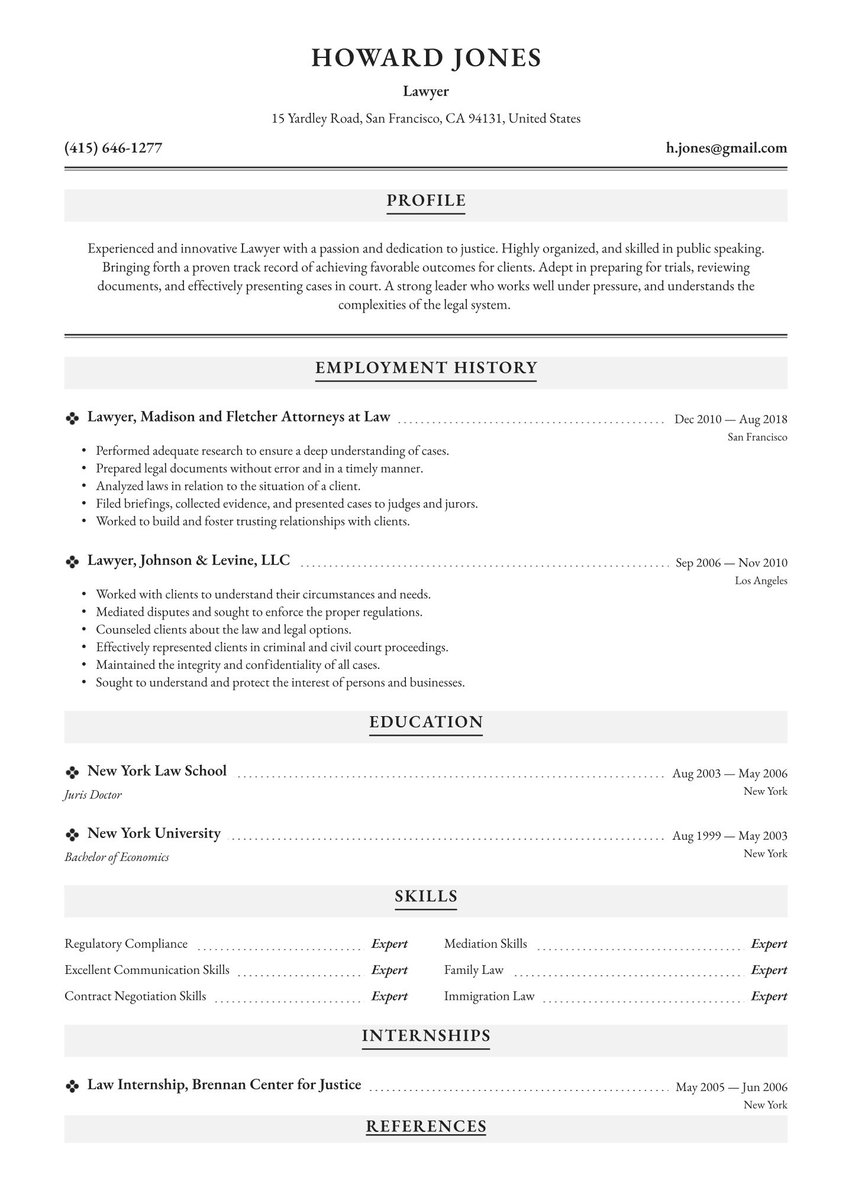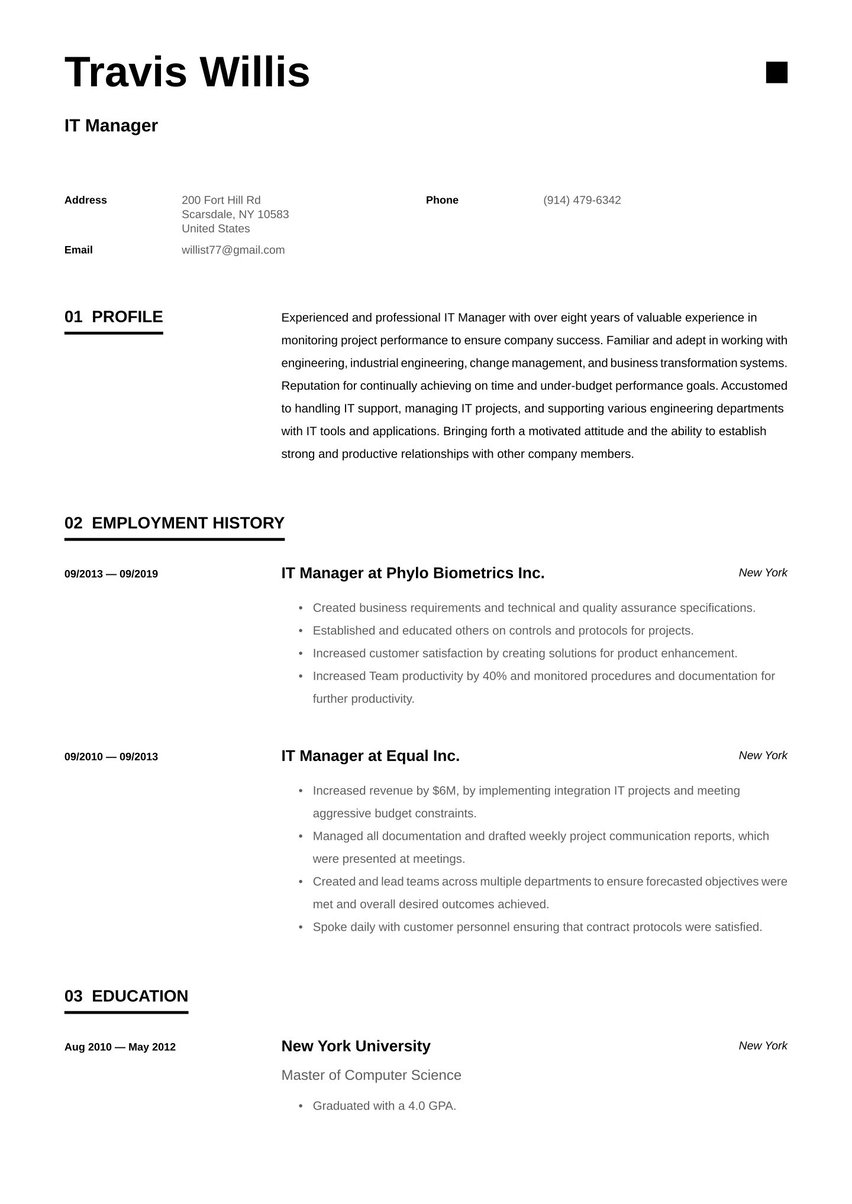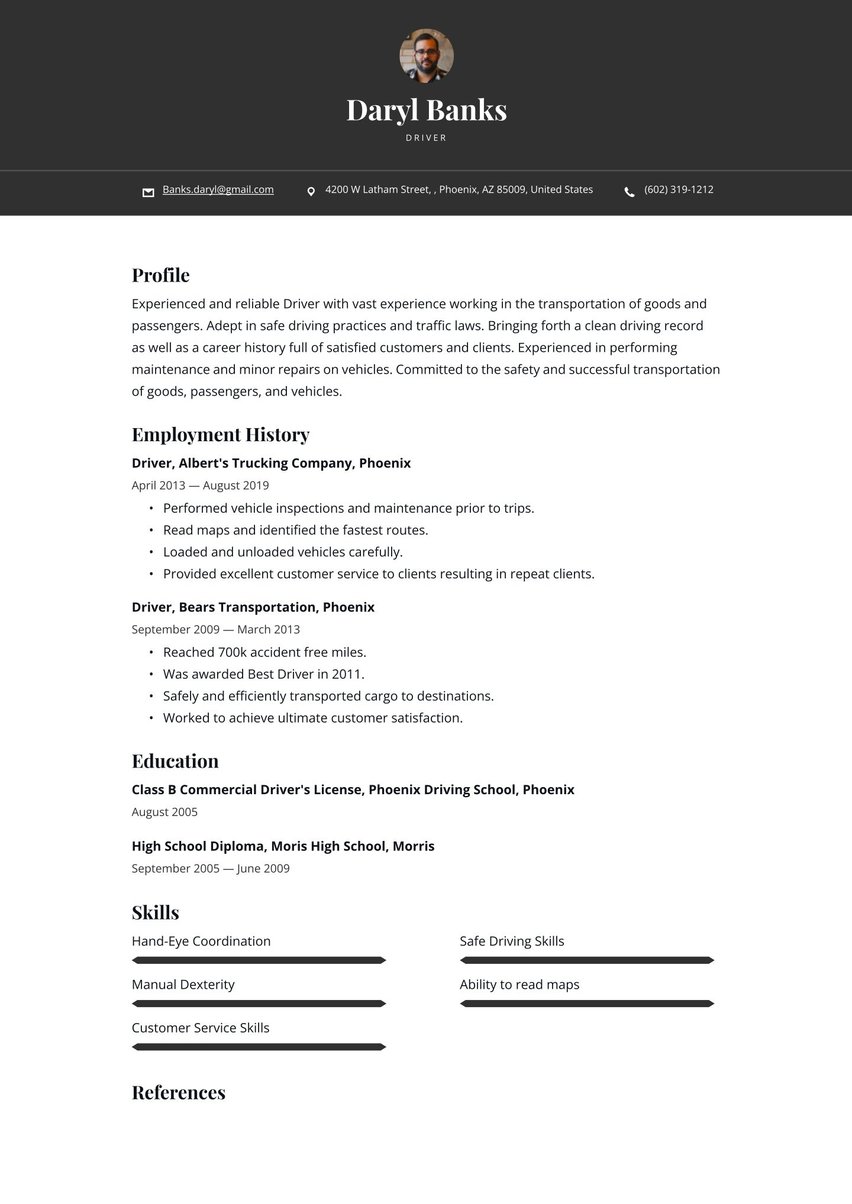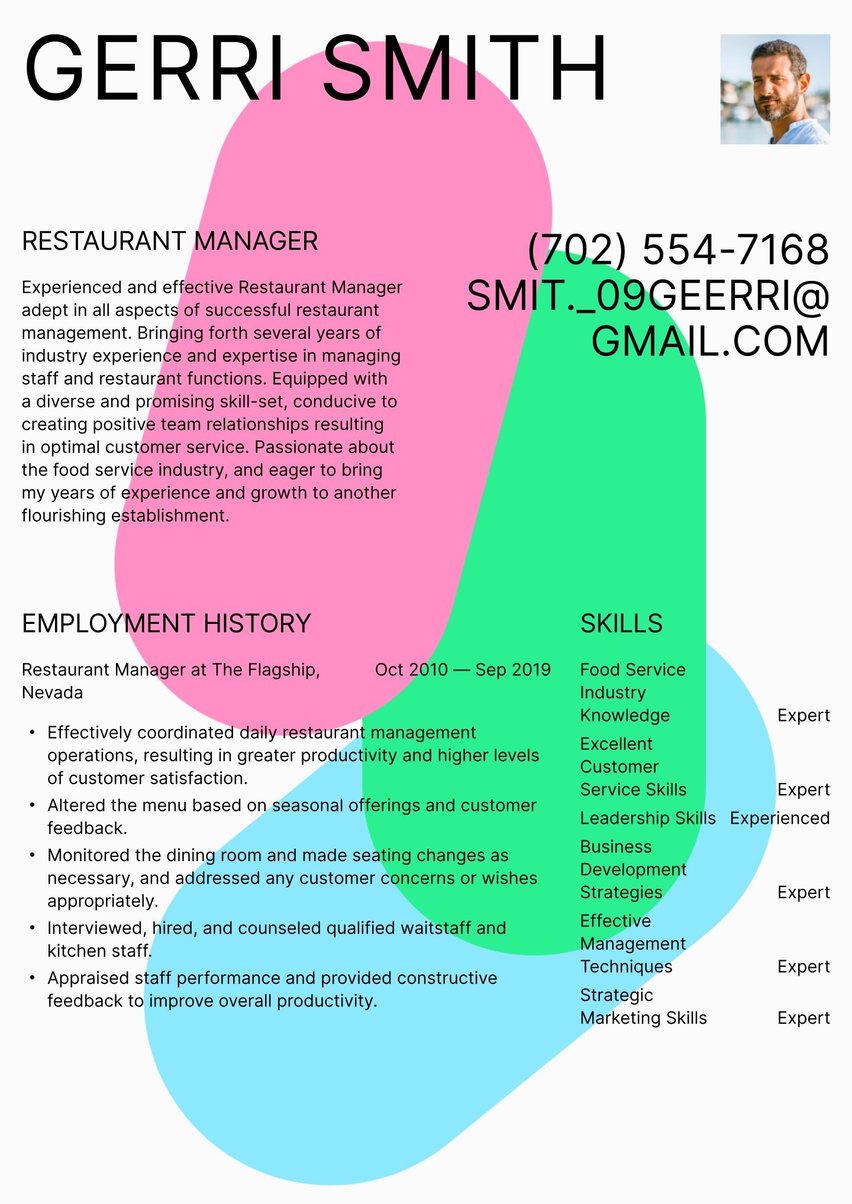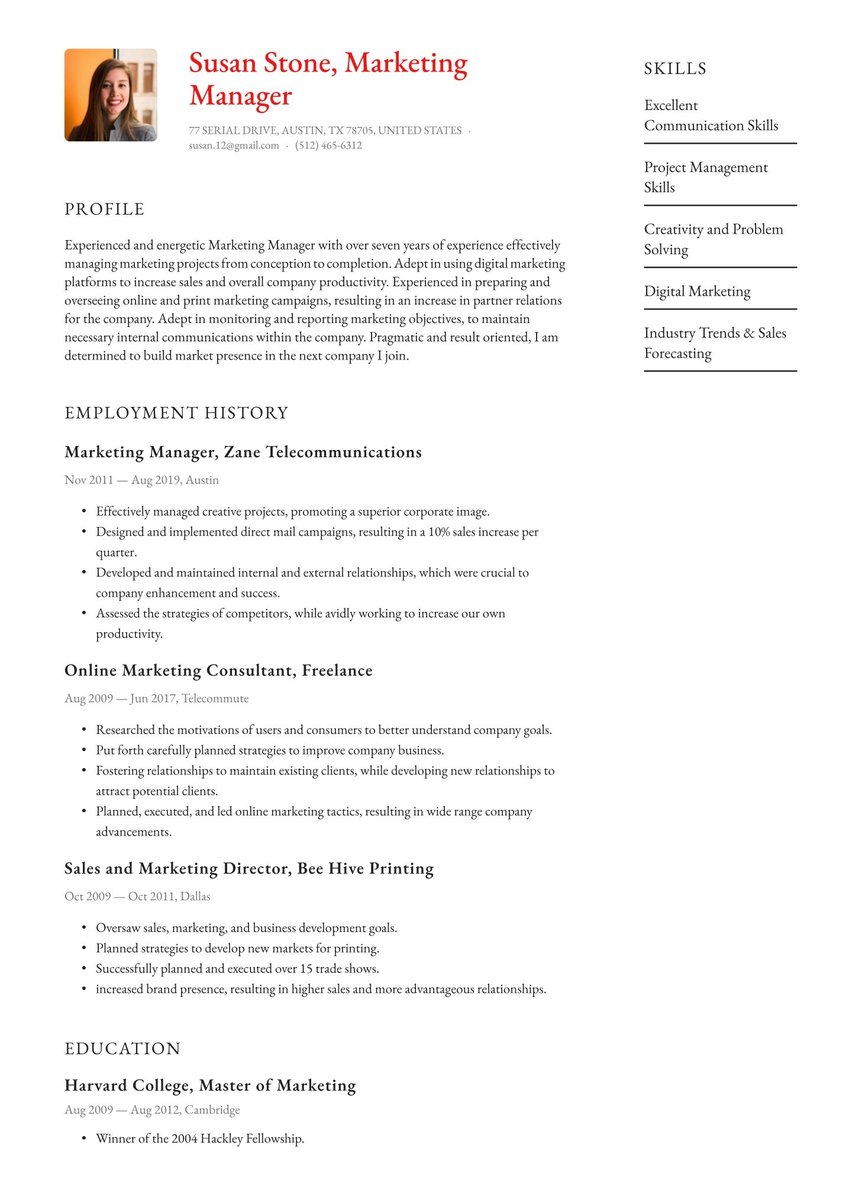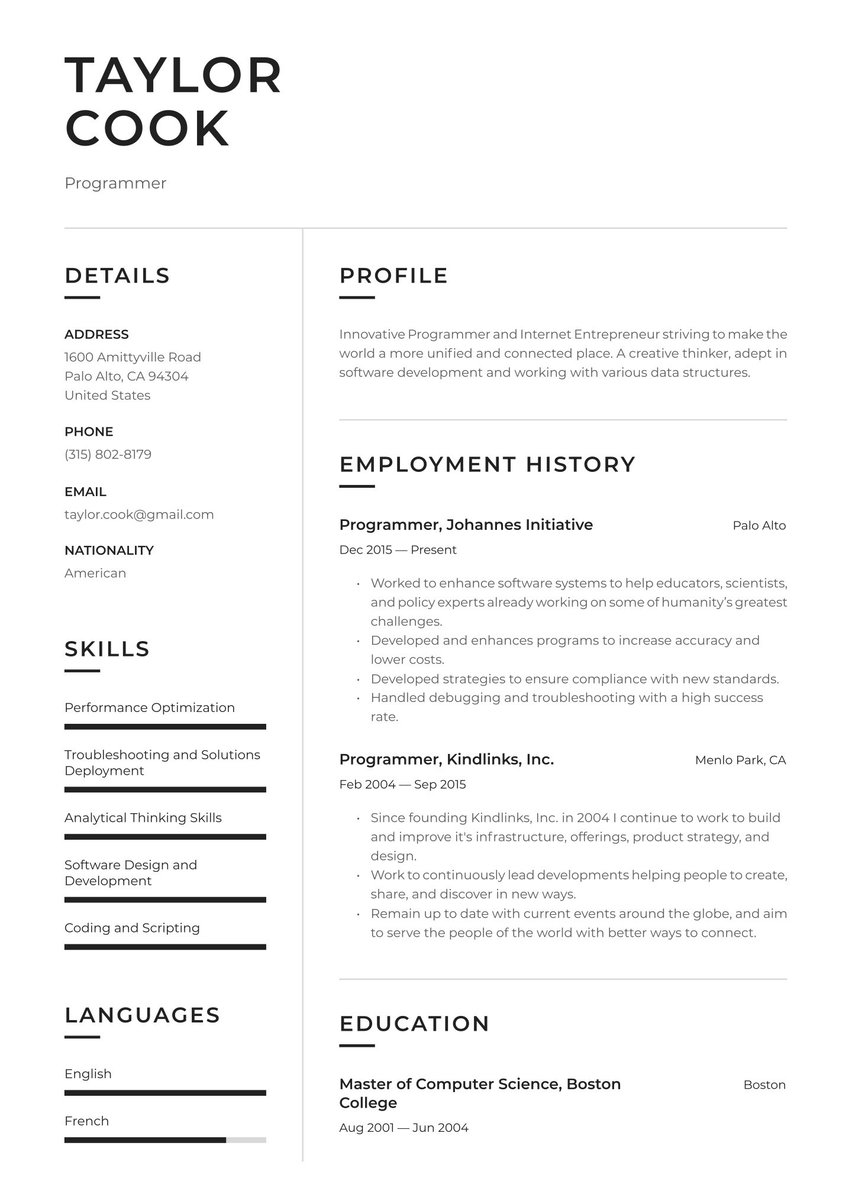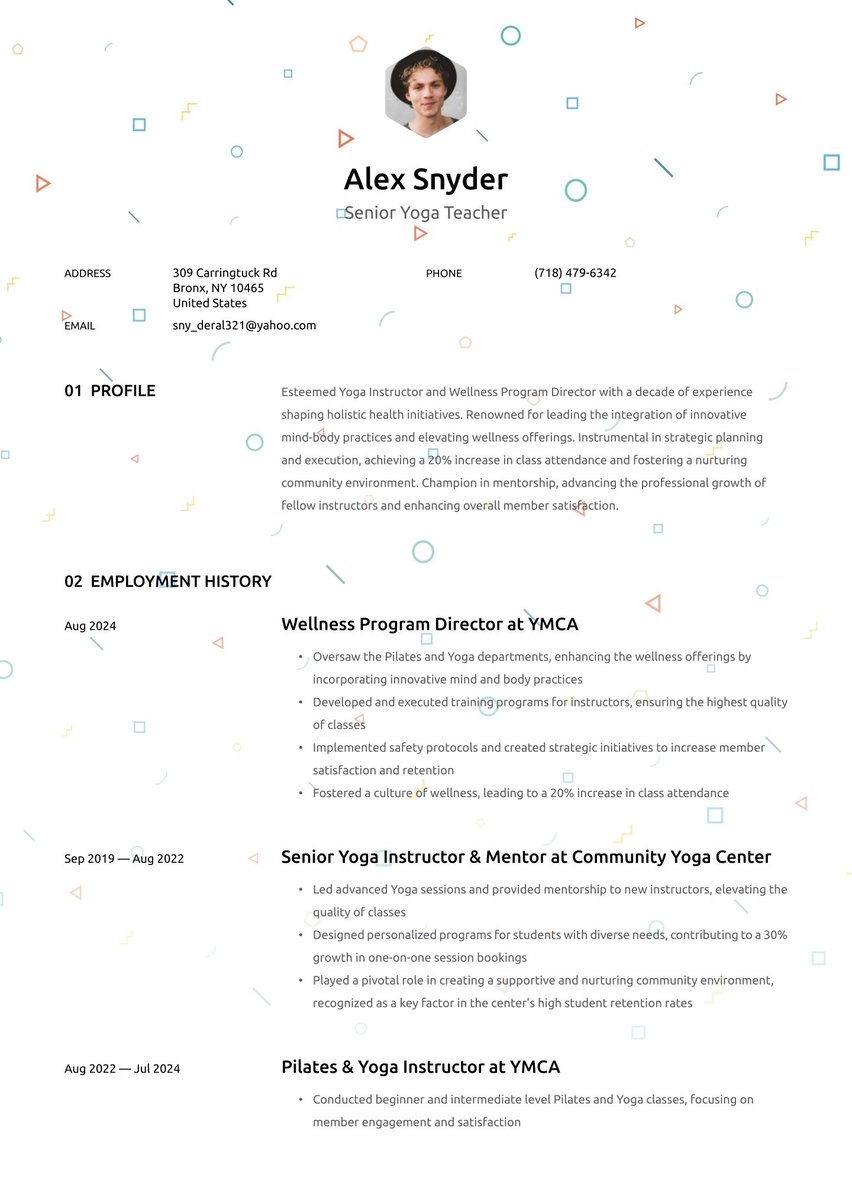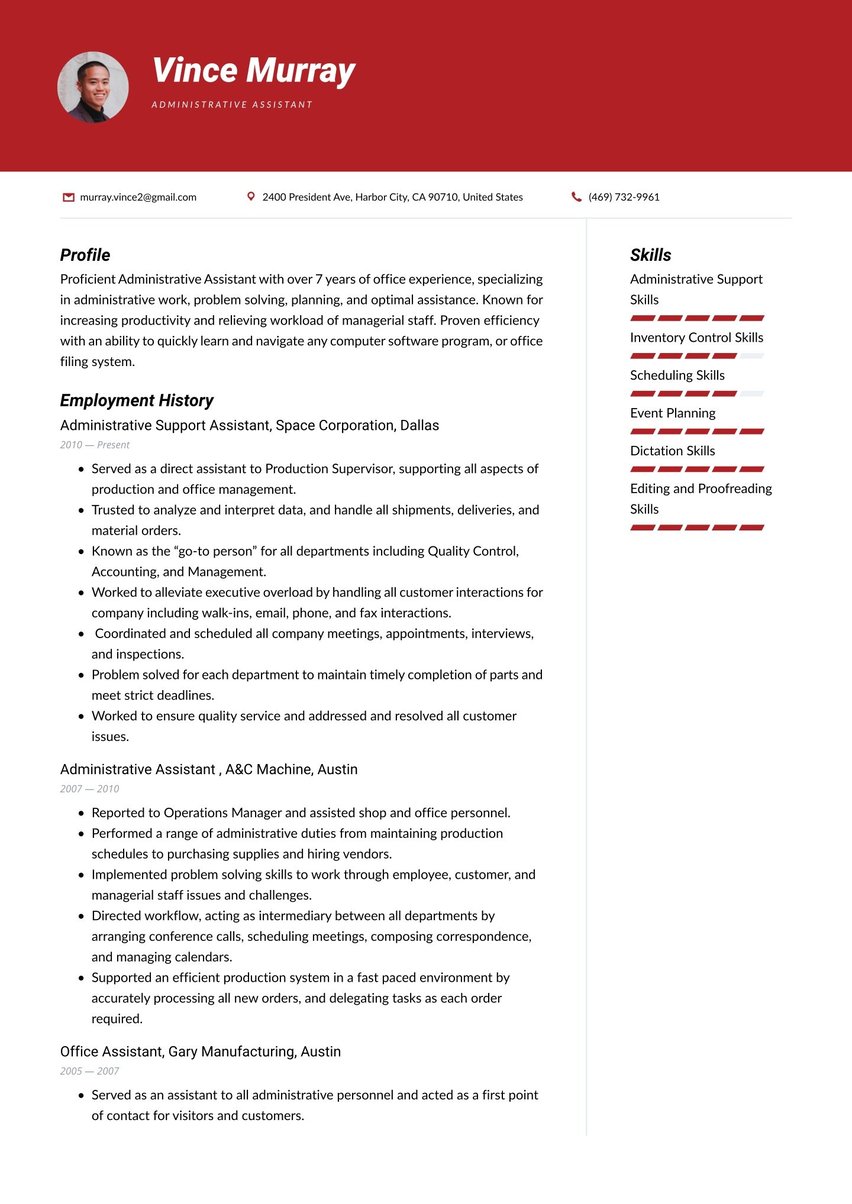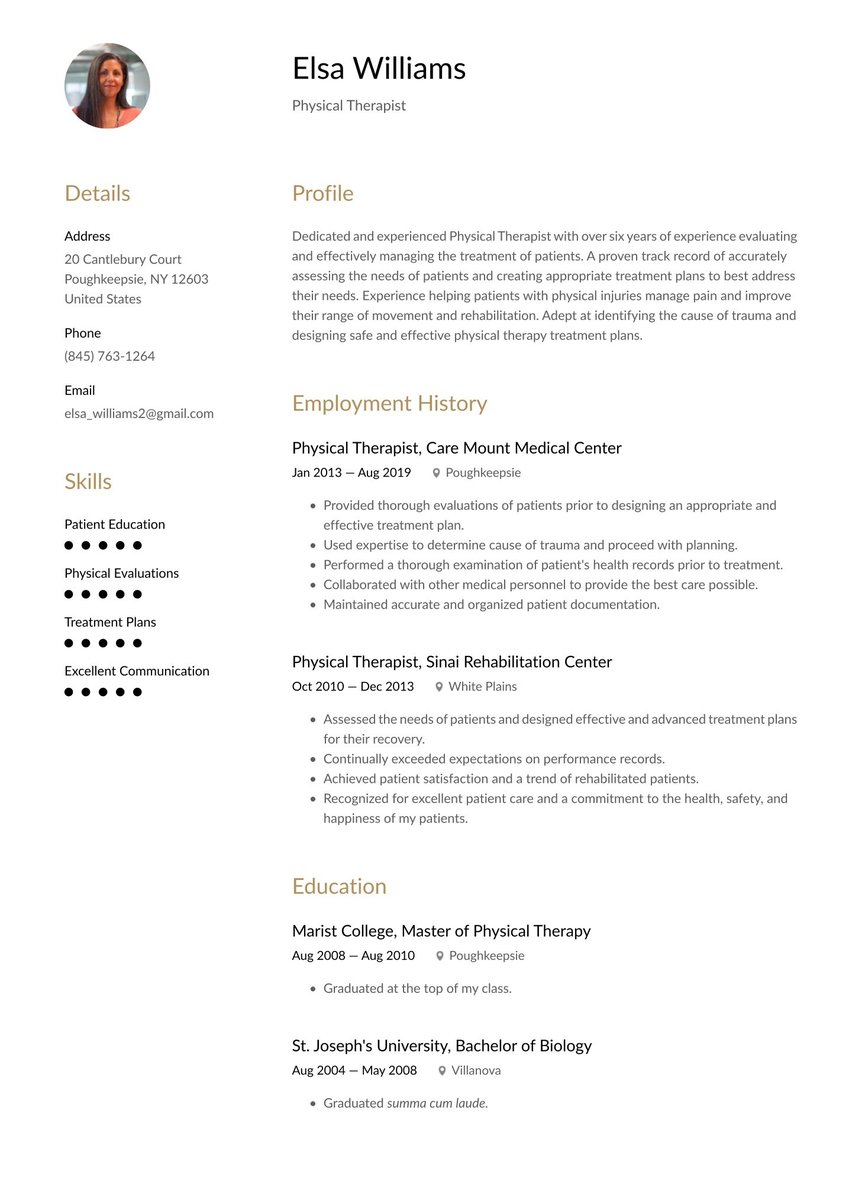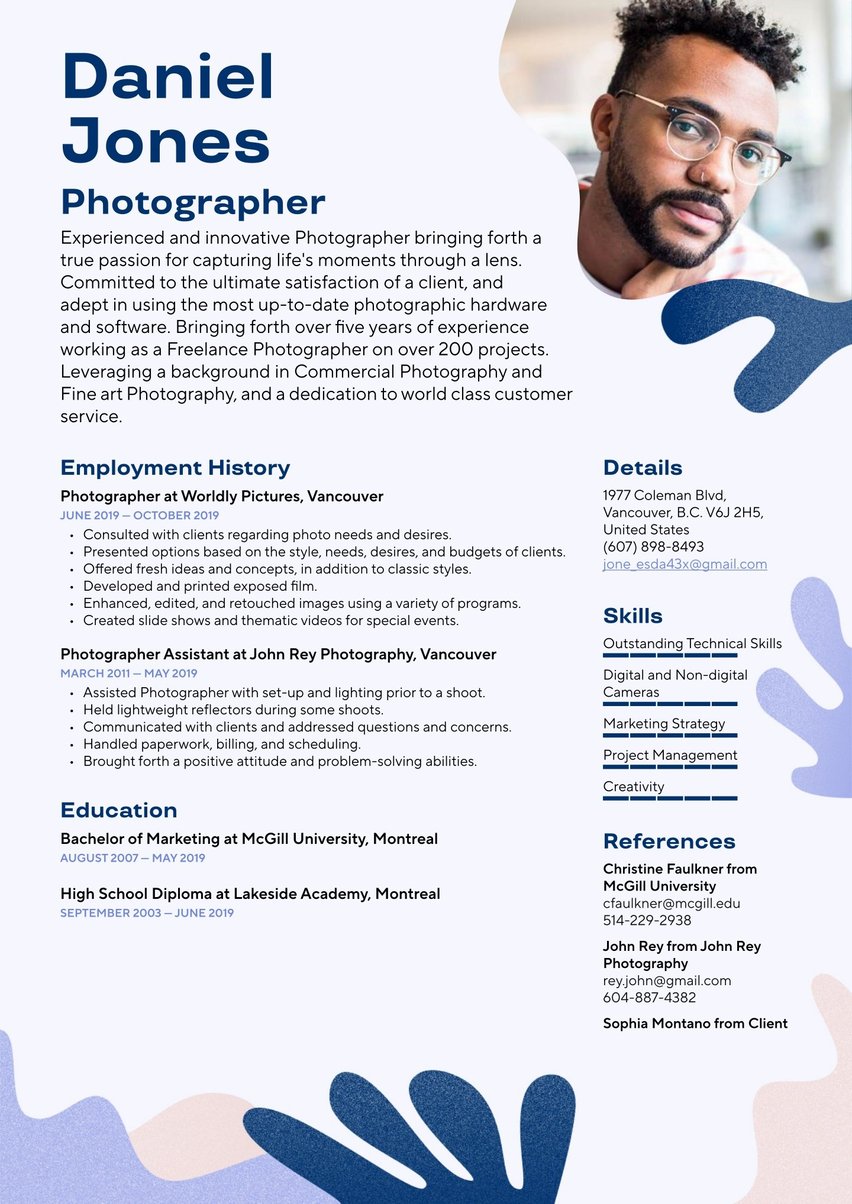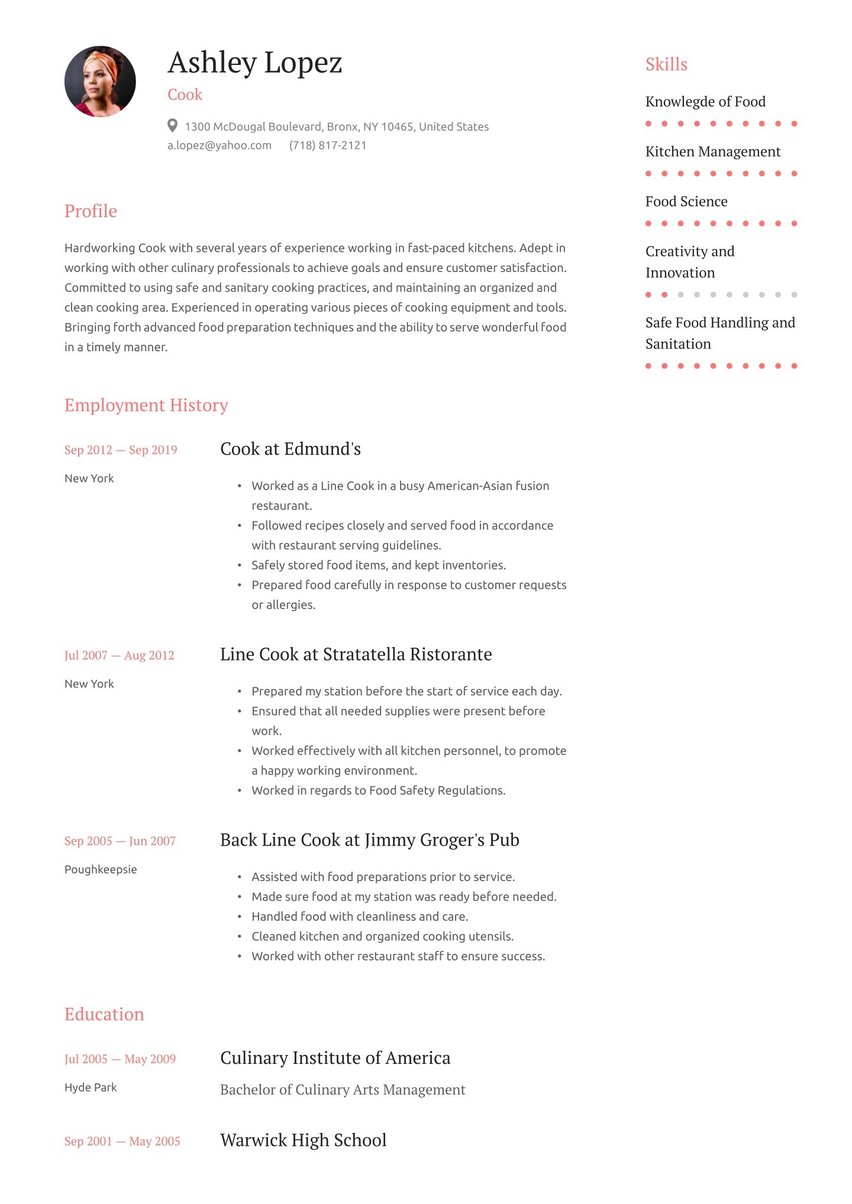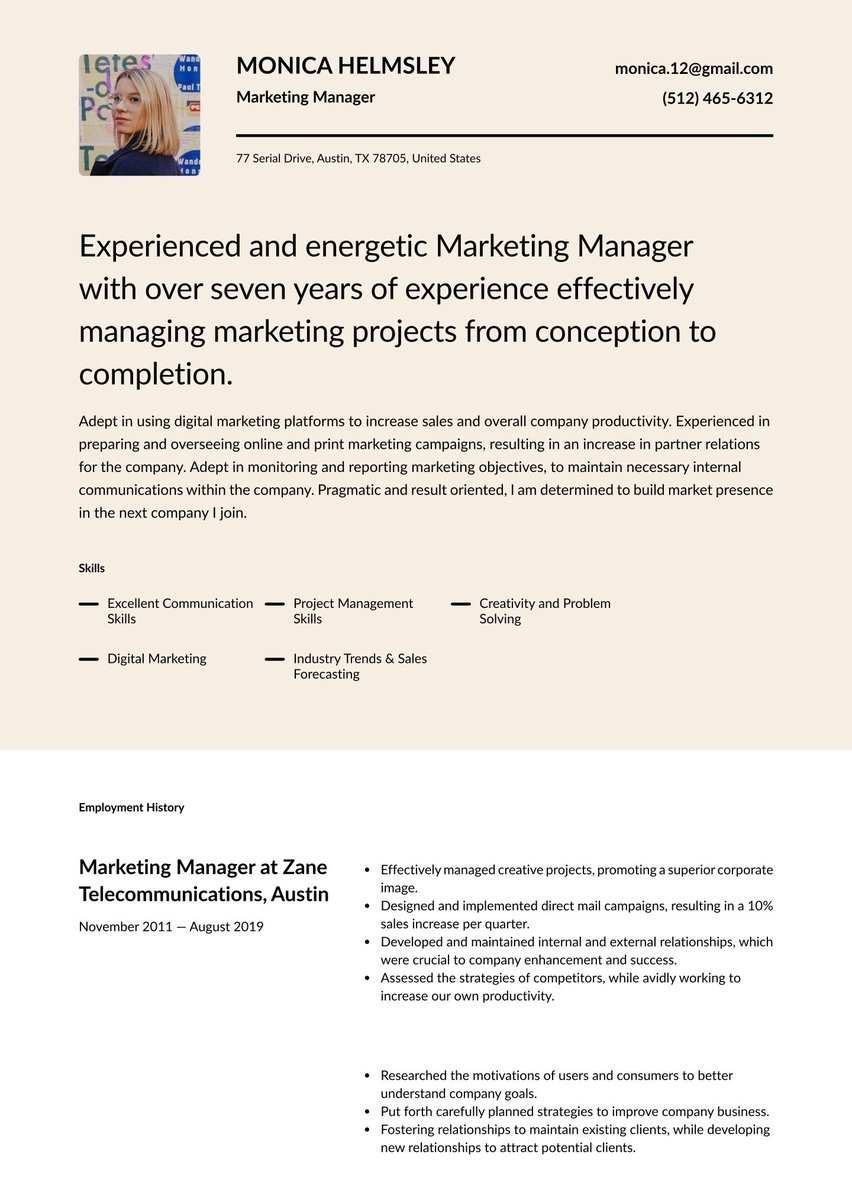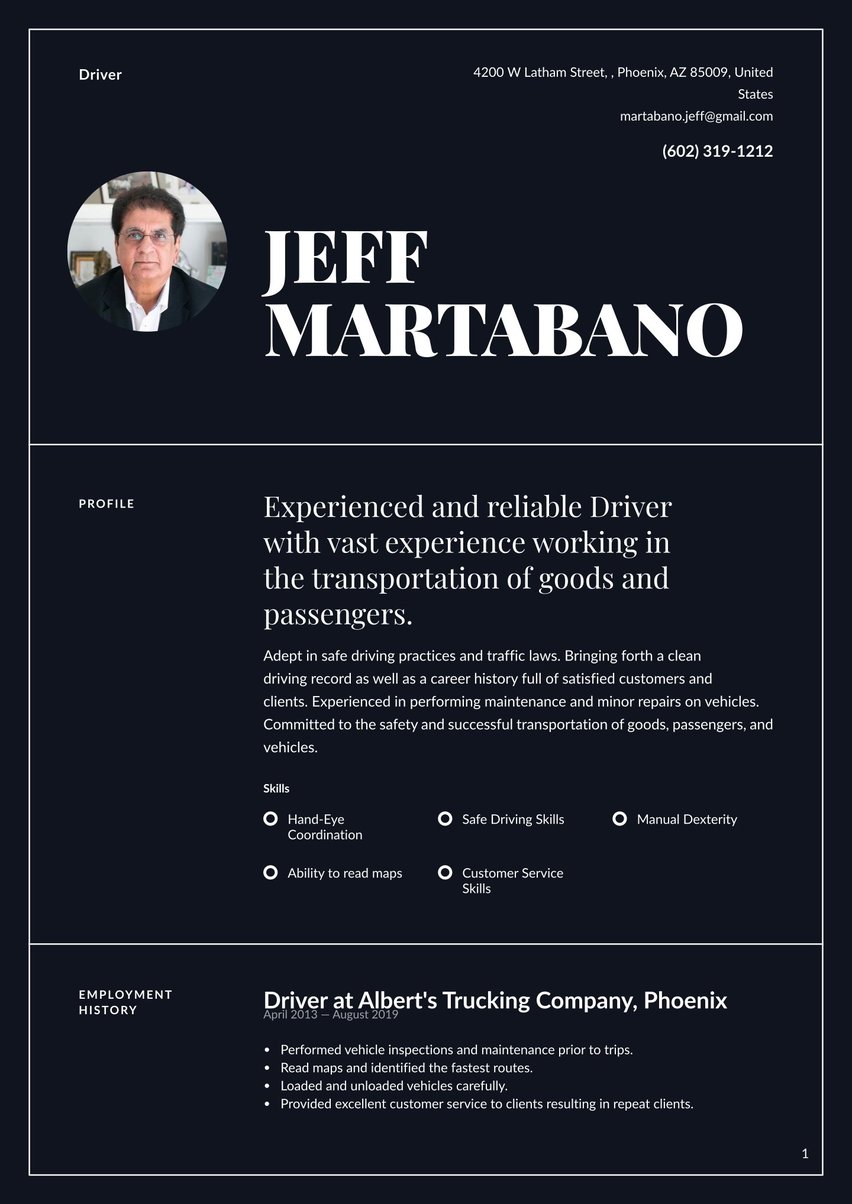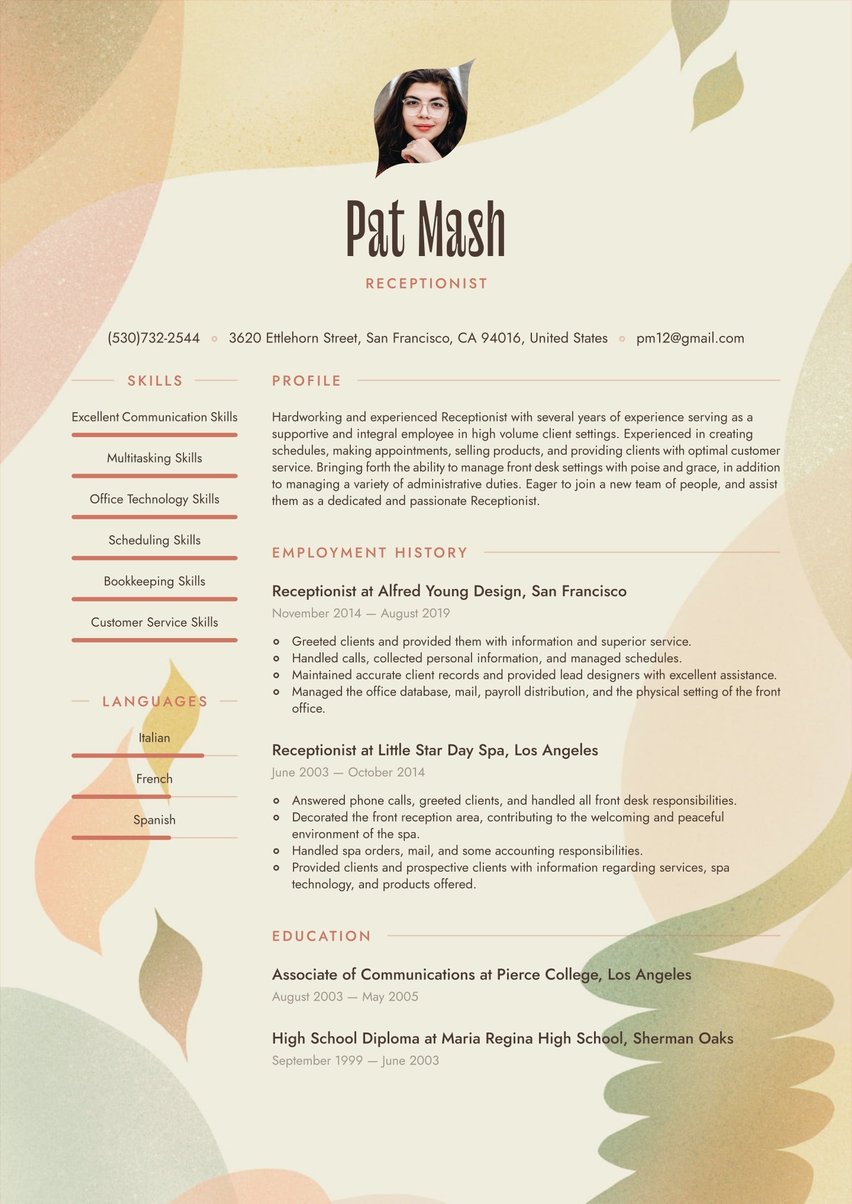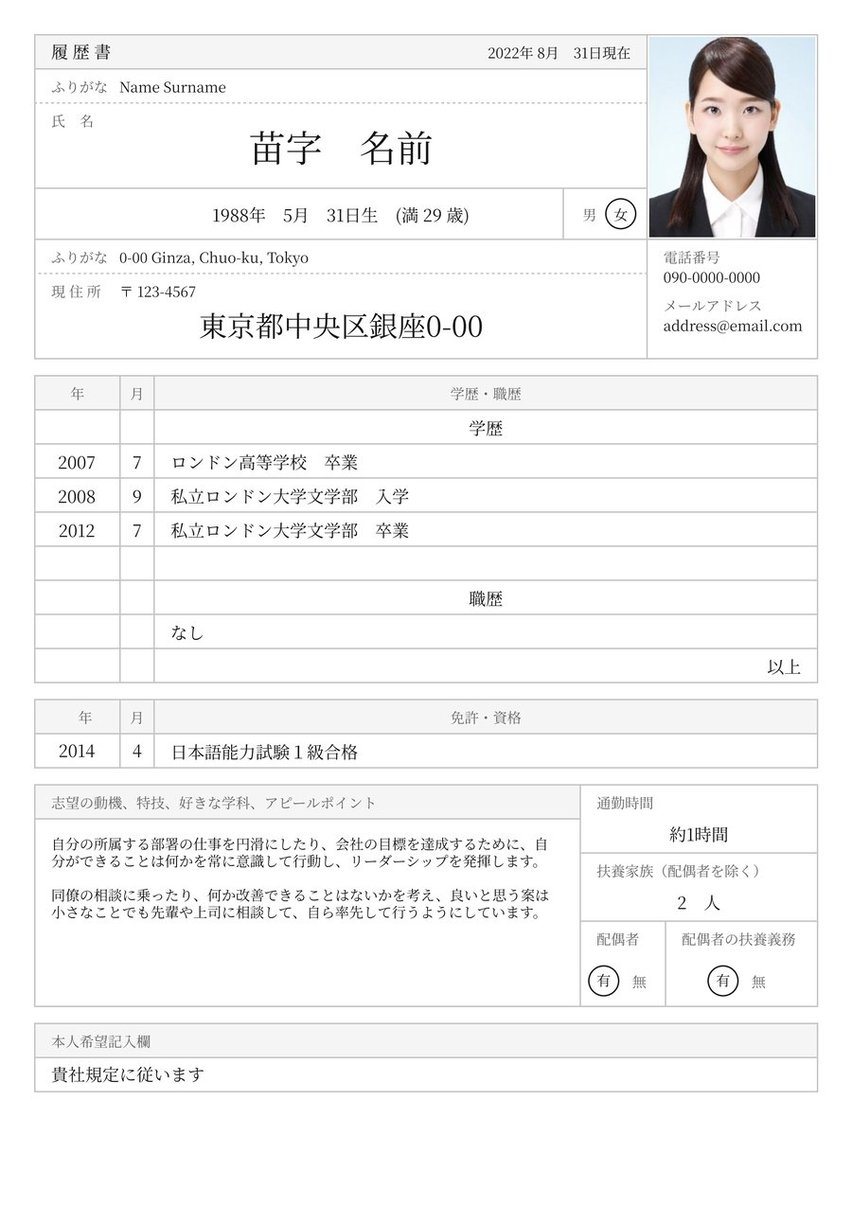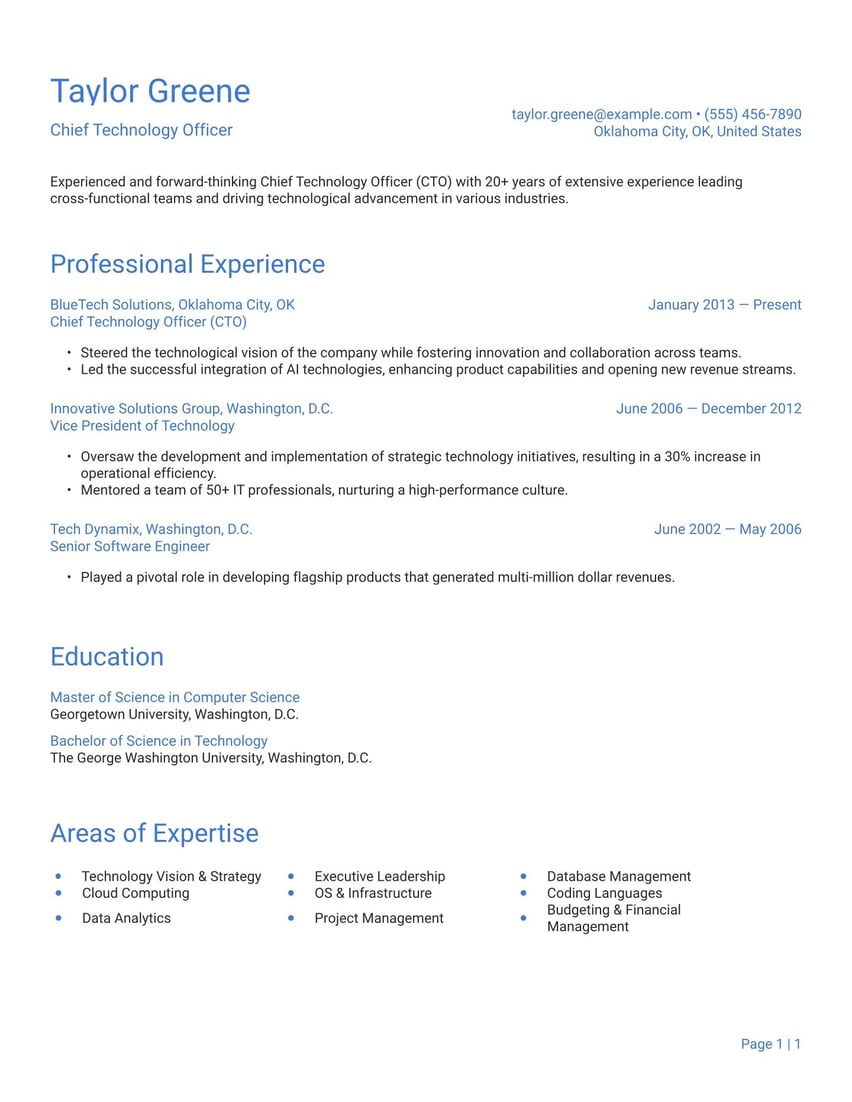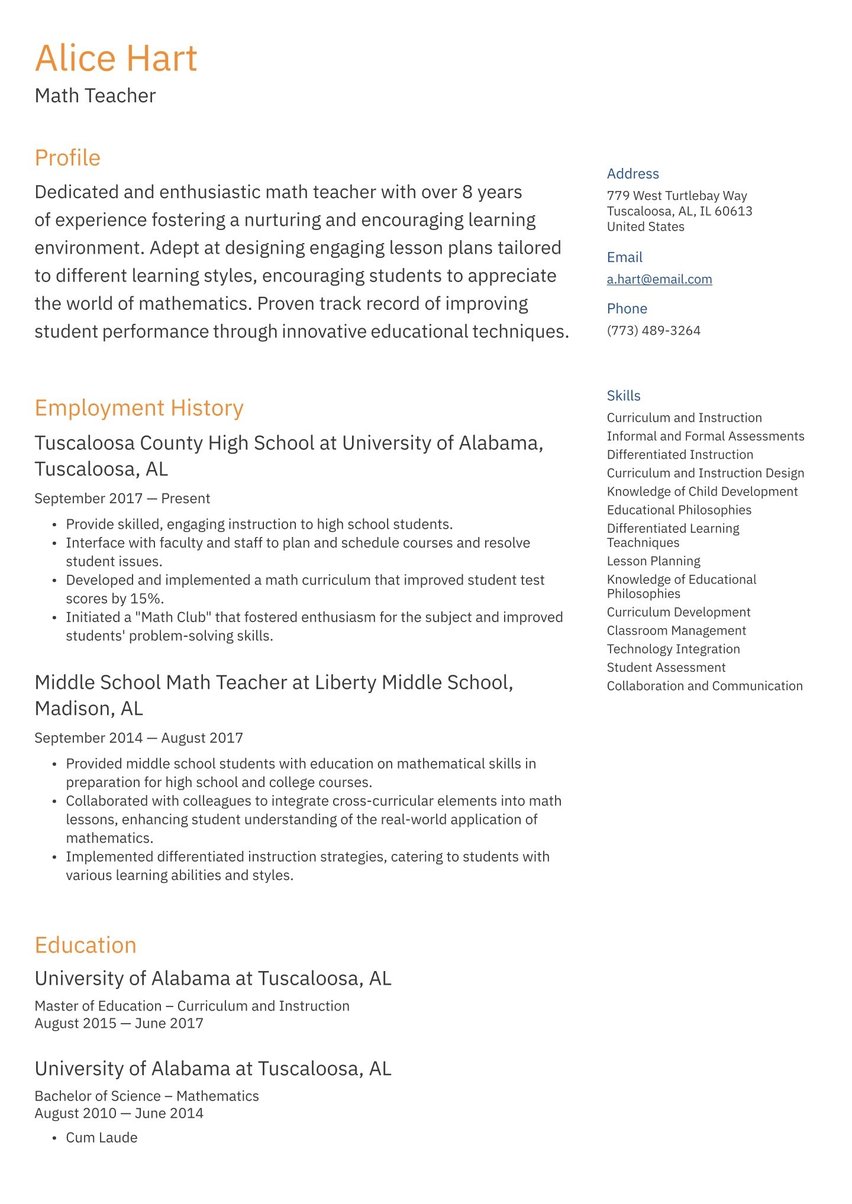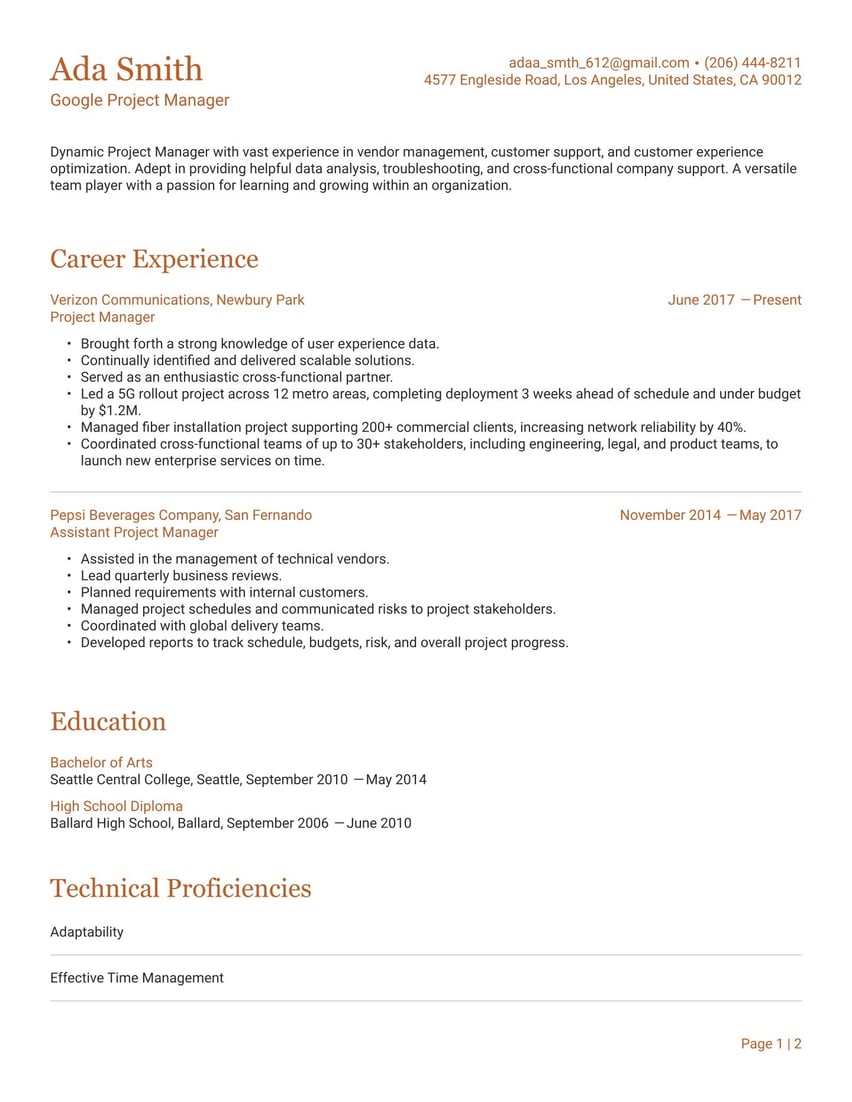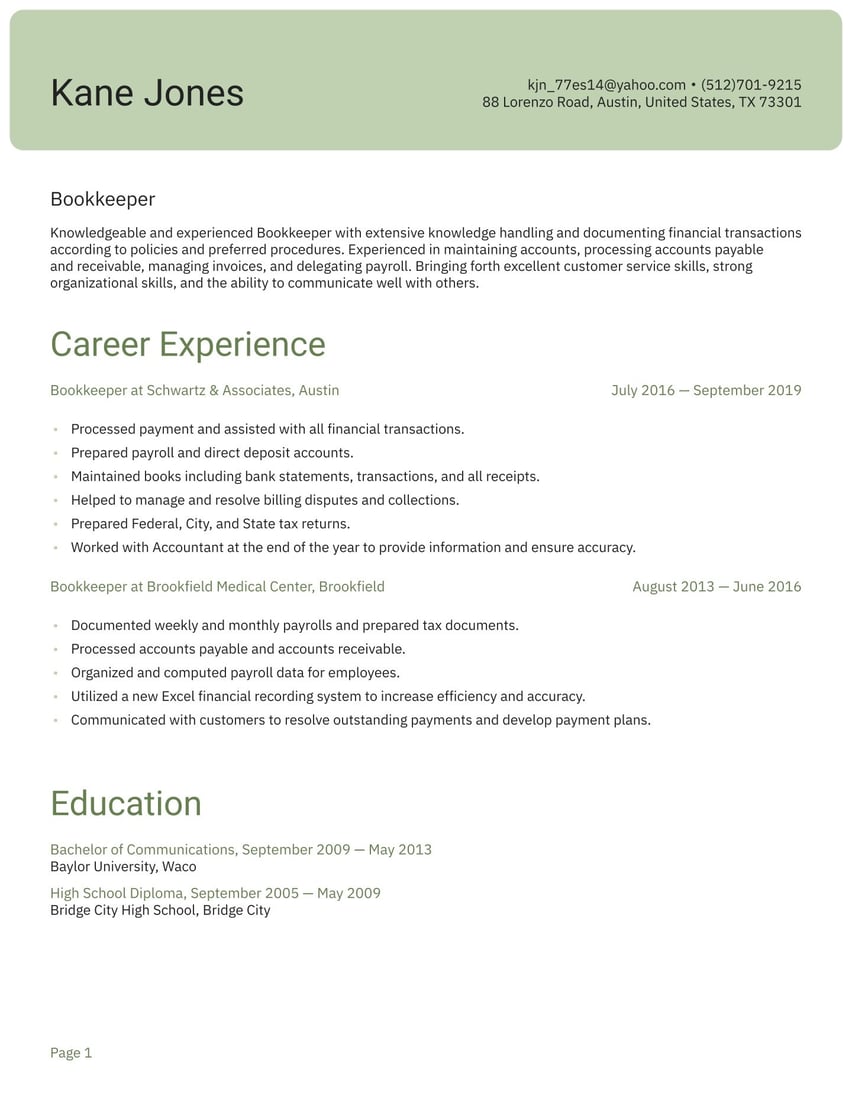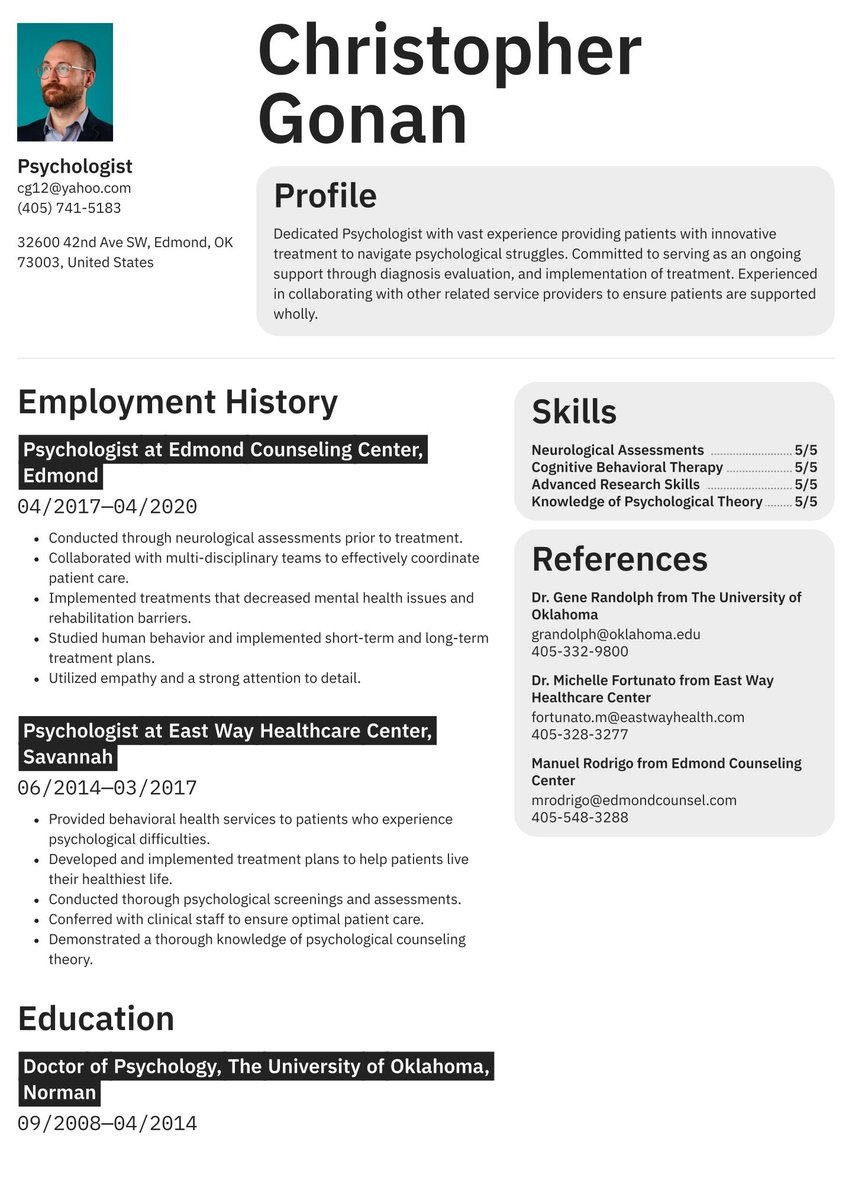Passionate and experienced Illustrator with a unique background, combining technical illustration with a decorated graphic design history. Adept in working independently, and within a team to achieve project goals.
06/2017 - 03/2021, Illustrator, Multimedia Central, New York
- Illustrate and design graphics for products and apparel.
- Work with team members to plan and complete projects according to client needs.
- Use digital illustration tools to produce and edit images.
- Combine hand-drawn and digitally altered images.
- Apply complex isometric techniques to add perspective to designs.
- Format final illustrations and ensure that they meet specified color and quality standards.
08/2014 - 05/2017, Illustrator, Excellent Concepts LLC, New York
- Drew cartoons for filmstrips and produced animation for films.
- Worked one-on-one with television and film producers to design backdrops for film sets.
- Utilized digital illustration tools to directly produce and manipulate images.
- Supported the production of cutting-edge design solutions.
- Collaborated with art directors, designers, production professionals and other cross-functional teams.
09/2010 - 05/2014, BFA, Studio Art, New York University, New York
09/2006 - 06/2010, High School Diploma, St. Catherine's High School, New York
- English
- Spanish
- Ability to Work Under Pressure
- Adobe InDesign
- Character Design
- Illustration Skills
- Adobe Illustrator
- Technical Drawing
Illustrators create drawings, paintings and cartoons that add visual appeal to newspaper and magazine articles, book covers, graphic novels, medical texts, consumer products, websites, advertisements and yes, cereal boxes (see: Count Chochula). If you have the talent to produce eye-catching illustrations that entertain, inspire, delight and inform — but you could use a job — then you need to put down your sketchpad, fire up a word processor and create a winning illustrator resume.
Illustrator resume examples by experience level
They say a picture is worth a thousand words — but Leonardo da Vinci’s picture of Jesus, “Salvator Mundi,” was worth $450 million! So even if Vincent Van Gogh sold only one painting in his life, an illustrator’s sometimes solitary pursuit can be a lucrative career.
But you need a superior job application, and that starts with a top-notch resume. Resume.io offers resume guides and resume examples for hundreds of careers, but in this guide, we’ll cover all aspects of writing an illustrator resume, with actual illustrator resume examples:
- What do illustrators do, and how much do they make?
- How to write an illustrator resume
- Resume examples and guides to writing each section
- Making the most of your skills and experience.
What does an illustrator do?
Remember all those children’s books you used to love when you were a kid that didn’t have any pictures? We don’t either. All those books had illustrators.
Unlike the Jackson Pollocks of the world (commonly known as “fine artists”), illustrators do not make a living by creating works of art and selling them to clients to hang on their walls. Illustrators are almost always collaborators — working with creative writers, advertising copywriters, web designers and yes, cereal makers (see: Trix).
Illustrators may be graphic artists and vice versa. But if you work for Rolling Stone and the editors want a caricature of Taylor Swift for the cover, they need an illustrator. But if they want a full-page inside infographic charting Taylor’s lifetime record sales, they need a graphic artist.
Illustrators may or may not have graphic design, but in today’s multimedia landscape, many are capable of creating photo illustrations without ever lifting a pencil — simply by using software like Photoshop and Sketch.
Illustrator job outlook and salaries
It’s such a diverse job category that it’s hard to quantify illustrators’ real-world salaries. But one aggregator of salary info, Glassdoor.com, says illustrators earn an average base salary of $43,143. Another, Salary.com, says the average salary of higher level illustrators is $69,660. Yet another, Payscale.com, says illustrators make an average of $24.40 per hour or more than $50,000 a year. The U.S. Bureau of Labor Statistics says “fine artists, including painters, sculptors and illustrators,” earn a mean annual wage of $69,010.
Whatever the actual number is, it’s not bad for doing something that you like to do anyway, and might be doing for free. However, let’s go one better and find a way to actually get paid for pursuing your passion.
How to write an illustrator resume
For an illustrator, writing a resume might feel a bit like turning off one side of the brain and turning on the other. But you’ll actually need both.
Editors who can barely draw a stick figure sometimes tell illustrators that the drawing they want will be “easy.” Yeah, right. The artists should tell the editors they want a 2,000-word story that will also be “easy.”
Writing a resume is not necessarily easy, and yet it’s a fairly straightforward project. First of all, it’s one page. How hard can that be? Some illustrators don’t like to write, but the first thing you have to write on your resume is … wait for it … your name. So let’s not overthink the degree of difficulty here.
A resume is basically a page full of lists — of the ways to contact you, of your past employers, of the schools you’ve been to, of your skills. It’s organized like this:
- The resume header
- The resume summary (aka profile or personal statement)
- The employment history section
- The resume skills section
- The education section
The resume header
The header is what your grandparents used to call a letterhead — it’s an attractively designed space at the top of your letter that contains your name, occupation, address, phone number and email. See the attached resume example.
The header may also include a self-portrait to show off your skill.
Do you have a portfolio? We’ve never met an artist who didn’t. Maybe you’ve collected all your greatest hits at one website? You can put a link to that website in your header, and perhaps reference your LinkedIn site or another social media site (Instagram, Facebook, Pinterest, Twitter) if you commonly use it to post samples of your artwork.
The header exists for an obvious reason — so that employers know how to contact you. But it’s also an important design element that sets the look and feel of your resume at a glance, giving you a visual identity and showcasing your feel for good design.
Acing the ATS test
Many large companies use Applicant Tracking Systems (ATS) to do an electronic review of resumes and filter them according to how many critical keywords they contain.
For example, a company seeking a medical illustrator would probably feed the words “medical illustrator” and “medical illustration(s)” into its ATS system, which would then scan resumes to make sure they include one or both of these words. For those that don’t, the ATS would sort them into the reject pile, and a human being might never even bother looking at them.
Review job listings closely to determine exactly what skills the employer is seeking, and if you have those skills, be sure to mention them on your resume. If your resume is properly “optimized” to make it “ATS-friendly” or “ATS-compliant,” it will be greenlighted for human review.
Choosing the best resume format for an illustrator
Illustrators may not follow a traditional career path. You may do freelance work, pick up other jobs when art jobs were slim, or had another career as you built up your art portfolio. Usually, we recommend reverse chronological order for resumes, but an illustrator resume may be different.
Consider a hybrid option that will allow you to highlight your skills, while still using the format recruiters and the ATS prefer: reverse chronological.
Take a look at some of the resume examples at resume.io. See one you like? Click on it and edit to your heart’s content. Use the builder tool to input your own contact info, and in a few minutes you’ll be done with the top of the resume that’s going to land your next job.
Now all you have to do is add four other things. So let’s talk about those….
Resume summary example
A resume summary, sometimes known as a profile or personal statement, consists of three or four lines of text where you describe your professional self and career aspirations in your own words. You may choose to focus on your artistic style and philosophy in your illustrator resume summary.
You don’t need to use the word “I.” You don’t even need to use complete sentences. But you do need to use provocative and interesting language if you want to get anyone’s attention.
For more inspiriation, review the following related resume examples in creative fields: graphic designer resume sample, visual artist resume example, 3D animator resume sample, art director resume example and creative director resume sample.
Passionate and experienced Illustrator with a unique background, combining technical illustration with a decorated graphic design history. Adept in working independently, and within a team to achieve project goals.
Employment history example
Traditionally, the employment history is a listing of all the places the candidate has worked, in reverse chronological order, with bullet points spelling out specific achievements on each job. If you have a solid history of art-related jobs, this is probably the best option for your illustrator resume.
But many illustrators are self-employed freelancers who may have taken an unconventional path to where they are today. You may need a section in your work history that simply lists the illustration projects you’ve done independently, perhaps with links that allow employers to see them online.
Use strong action verbs to describe specific job-related accomplishments, using facts and figures wherever appropriate. Avoid saying “Was responsible for” and instead report what you actually did at each job.
Here is an example of a work history section on an illustrator’s resume:
Illustrator at Multimedia Central, New York
June 2017 - Present
- Illustrate and design graphics for products and apparel.
- Work with team members to plan and complete projects according to client needs.
- Use digital illustration tools to produce and edit images.
- Combine hand-drawn and digitally altered images.
- Apply complex isometric techniques to add perspective to designs.
- Format final illustrations and ensure that they meet specified color and quality standards.
Illustrator at Excellent Concepts LLC, New York
August 2014 - May 2017
- Drew cartoons for filmstrips and produced animation for films.
- Worked one-on-one with television and film producers to design backdrops for film sets.
- Utilized digital illustration tools to directly produce and manipulate images.
- Supported the production of cutting-edge design solutions.
- Collaborated with art directors, designers, production professionals and other cross-functional teams.
Illustrator resume with no experience
Every professional illustrator started out with no experience, so writing a no-experience illustrator resume isn’t as rare of an occurrence as you might think. You may have been drawing ever since you were a child, and you have real talent, but you’ve never made a dollar doing it.
Good news: There’s no reason you can’t break into this field.
Here is where your portfolio comes in. If you have a body of mind-blowing artwork to your credit, even if you did it for the fun of it, many employers will value this just as highly as professional work experience.
You may have little or no experience because you’re just now graduating from art school. If so, accentuate your education in your resume and downplay your lack of experience. And use your summary statement to emphasize your passion for visual art and your certainty that this is the right field for you.
CV skills example
You need to compile a skills section for your illustrator resume that contains a mix of hard and soft skills. Hard skills are technical capabilities — often describing things you can do alone — while soft skills are “people skills” about how you work well with others.
For an illustrator, hard skills might include the various types of artwork you produce, the media you work in and the software you might use, such as:
- Accurate pencil and charcoal drawings
- Oil, watercolor and acrylic painting
- Realistic portraiture
- Whimsical caricatures
- Vector drawing using Adobe Illustrator
- Photo illustration using Adobe Photoshop
Soft skills might include the various ways you contribute to a team effort, such as:
- Skilled at listening to clients’ needs and rapidly sketching ideas
- Creative thinking and original artwork solutions
- Flexible and adaptable
- Fast and accurate
One good way to compile a skills section is to make a master list of everything you’re good at, even if it’s way too long. Some skills may come as second nature to you, so that at first you don’t even consider mentioning them, but they may be important to the employer or client.
Once you have a master list, trim it down to a list of your most marketable skills, and work on rewriting how you describe those skills. Avoid repeating words — notice that in the soft skills list above, no major word appears twice.
Finally, closely review the description for each job you want to apply for. Remember that all-important ATS test, in which your resume needs to use the keywords describing the qualities the employer is working for? The skills section is an excellent place to optimize your resume to list the precise qualifications sought by each employer.
Avoid clichés like “Team player” or “Self-starter,” and try to use fresh, original language that recruiters haven’t seen a thousand times before.
Here’s a resume example of a good skills section for an illustrator:
- Traditional Art Sketching
- Adobe InDesign
- Character Design
- Illustration Skills
- Adobe Illustrator
- Technical Drawing
Resume education example
Illustrators seeking full-time employment generally need a bachelor’s degree and the education section of your illustrator resume is the place to highlight that. Many four-year colleges offer fine arts or other art majors, in addition to giving students a grounding in general education topics.
Art and design schools primarily emphasize the arts, offering associates, bachelor’s and master’s degrees. Certificates in art-related specialties are also available.
List your educational credentials on your resume starting with the highest degree obtained first. Name the city and state where the school is located and the years you attended (or just the year you graduated). If your degree has nothing to do with artwork, list it anyway.
You may choose to list any special academic achievements, such as an impressive grade point average or membership in an honor society.
If you do have a postsecondary degree, it’s generally not considered necessary to say where you went to high school, though it doesn’t do any harm either. Below is a resume sample of an education section for an Illustrator.
BFA, Studio Art, New York University, New York
September 2010 - May 2014
High School Diploma, St. Catherine's High School, New York
September 2006 - June 2010
Resume layout and design
An illustrator resume needs to look great, showcasing your intuitive sense for clean, attractive design and formatting. Your design says a lot about your style, talents, and ability to showcase text and draw the eye to the most important aspects of the page.
Although you are the artist here, you may want to consider looking at Resume.io’s resume templates because while you are the visual expert, we are the job-hunting experts. Our templates are HR-vetted to ensure that they are legible and memorable. Feel free to customize any one of them to put your imprint on your resume, or simply use them as a guideline for developing your own unique design.
Key takeaways
- Illustrators brighten our world by producing drawings, paintings, portraits and caricatures to provide visual accompaniment to the text in books, articles, websites, consumer products and more.
- A standout resume, along with an impressive portfolio is an illustrator’s ticket to a dream job.
- An illustrator resume should be a one-page document with an attractive header providing all of the candidate’s contact info.
- Follow proper resume design format and structure to make sure you’ve included all the components you need and none that you don’t.
- Customize your resume for each job application, optimizing it to match the job requirements that will be listed in the ATS software.


.jpg)

.jpg)















